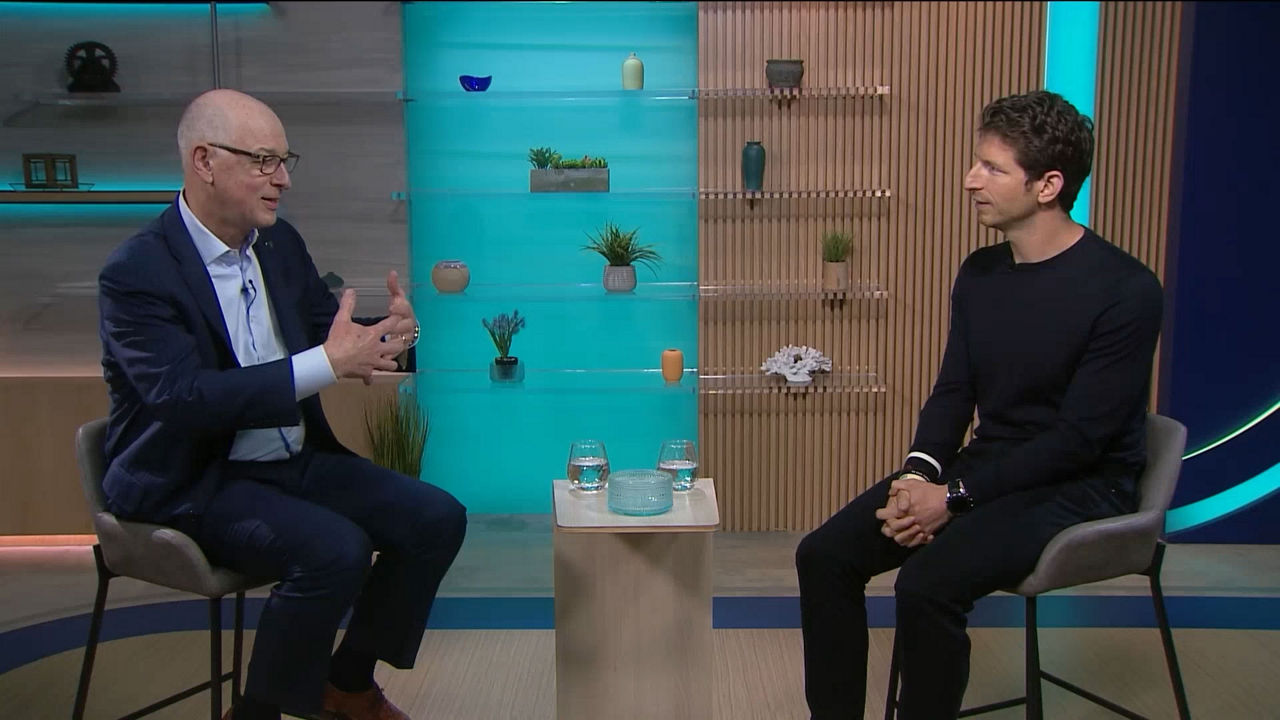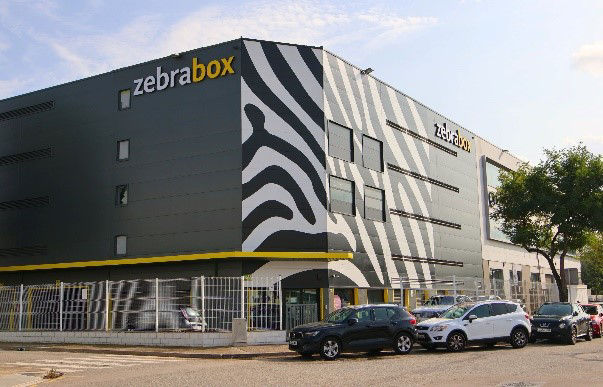Featured insights
-
Emerging MarketsThe Emerging Markets Beat Goes OnThis paper focuses on emerging markets’ role in rescripting the New World Order amidst the pervasive geopolitical, global macro, and country specific challenges. If and as these developments unfold, the impact across countries would be varied, expanding the opportunities for alpha generation.
Read More
-
Q4 Market OutlookIn a "muddle through" economy, attractive yields may catch a tailwind, while equities require focus on high-quality companies with competitive advantages. Flexibility across asset classes will support portfolio resiliency.
Read More
-
Securitised ProductsSeeking Balance in EU Securitisation ReformThis blog provides an update on our latest policy engagement at Eurofi in Copenhagen which centered on the steps needed to revive the European securitisation market.
Read More
$1.44T
#16
200+
-
Alt Goes Mainstream Podcast: The Intersection of Insurance and Asset ManagementPGIM’s Phil Waldeck joins the Alt Goes Mainstream podcast to explore the intersection of insurance and asset management, along with how insurers are navigating today’s investment landscape.
Read More
-
PGIM’s real estate business and Pithos self-storage JV expands into Spain
Read More
-
Press ReleasePGIM expands Australian real estate business with senior hires to drive growthThe strategic expansion is set to enhance PGIM’s strong existing platform in Australia.
Read More
Subscribe to receive our latest insights
Stay informed on timely market developments, outlooks and industry events.
* Required Fields
Data as of 6/30/25 unless otherwise noted. All Assets Under Management are net unless otherwise noted.










